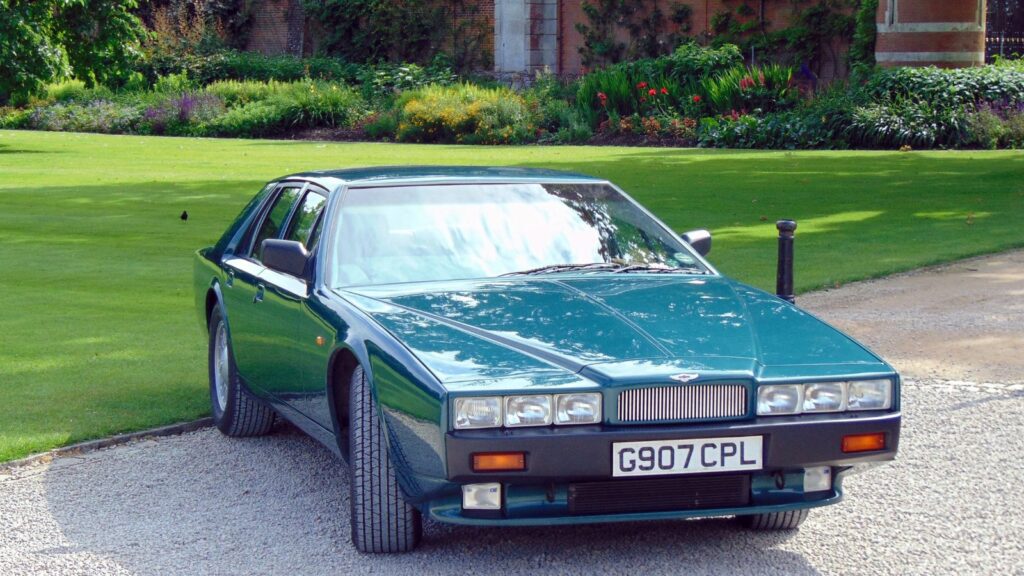Classic cars win our hearts with their curves, chrome, and road presence. But if you ask the people who actually had to keep them running, the story changes fast. Many gorgeous machines were a nightmare in the workshop, thanks to flawed engineering, bizarre designs, or just plain overcomplication. Let’s dive deeper into ten stunning classics that made mechanics curse under their breath—and explore why they were so painful to work on.
Jaguar E-Type (1961–1975)
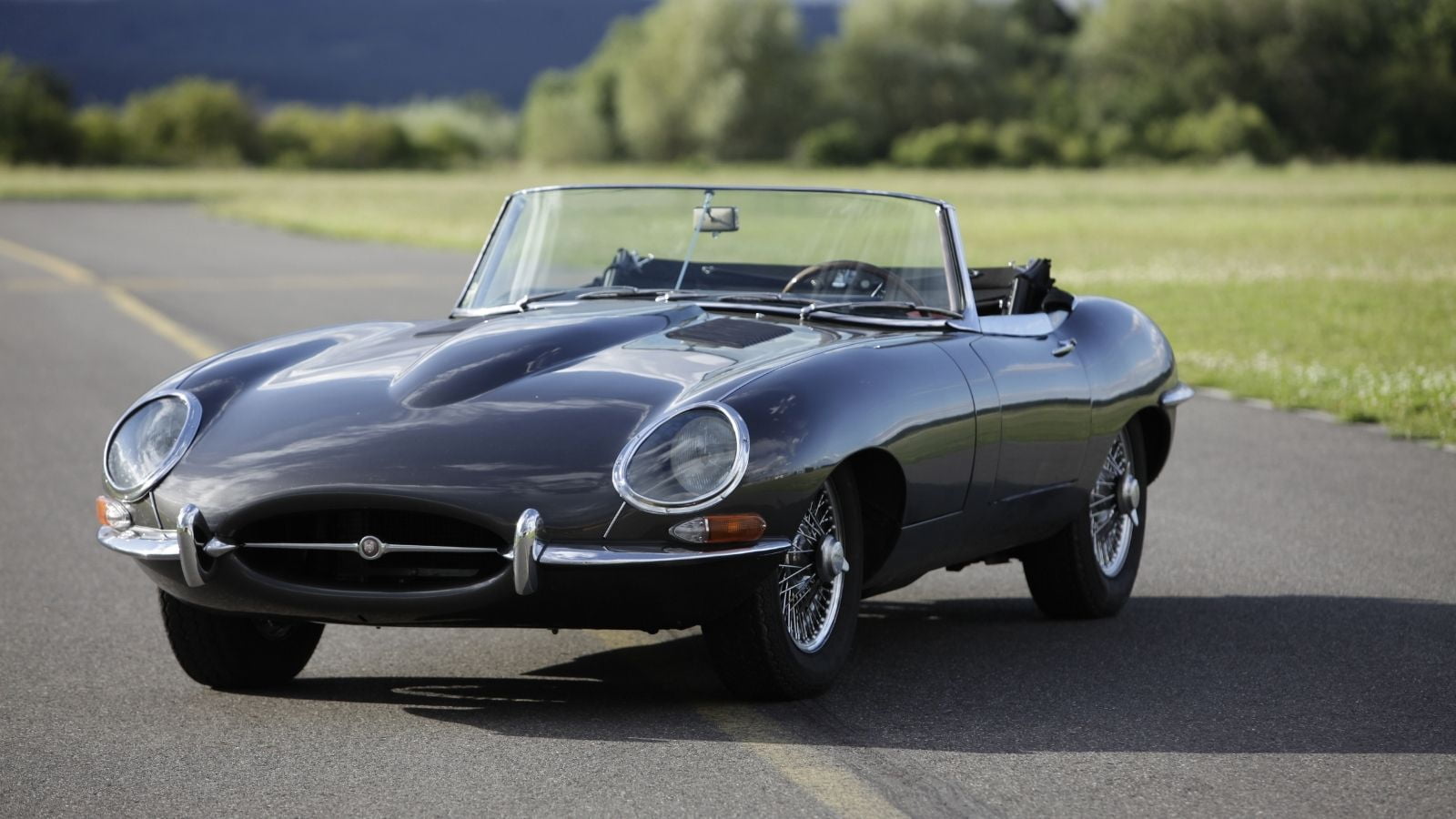
The E-Type’s long hood and flowing bodywork made it an instant icon, but the beauty stopped once you opened that hood. Its triple SU carburetors constantly needed fiddling, the cooling system struggled to keep the inline-six and later V12 cool, and Lucas electrics meant “Prince of Darkness” jokes weren’t just jokes—they were warnings. Mechanics also hated the layout. To change a clutch, you basically had to remove the entire engine. Owning one was like dating a supermodel: glamorous, but exhausting.
Citroën DS (1955–1975)
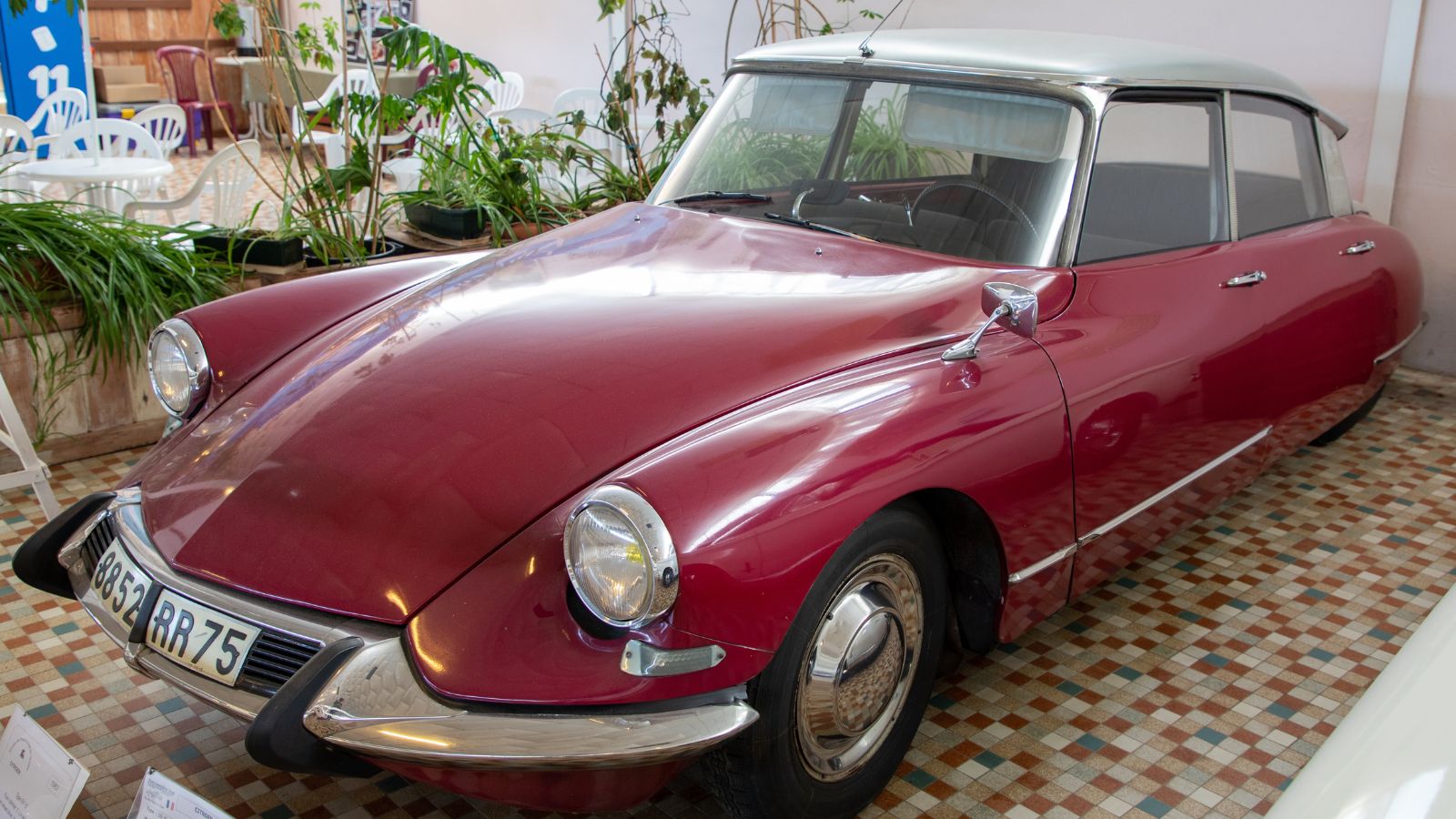
The Citroën DS looked like it drove straight out of a sci-fi comic. Its hydropneumatic suspension floated over potholes like magic, but when it leaked, mechanics were stuck with green hydraulic fluid spraying everywhere. The system didn’t just run the suspension—it also powered the steering, brakes, and even gear changes. A single failure could cascade into a full-system meltdown. Specialists could tame the DS, but regular mechanics dreaded them, often sending owners elsewhere. As one old-school shop owner said, “If it hisses at you, walk away.”
Maserati Biturbo (1981–1994)
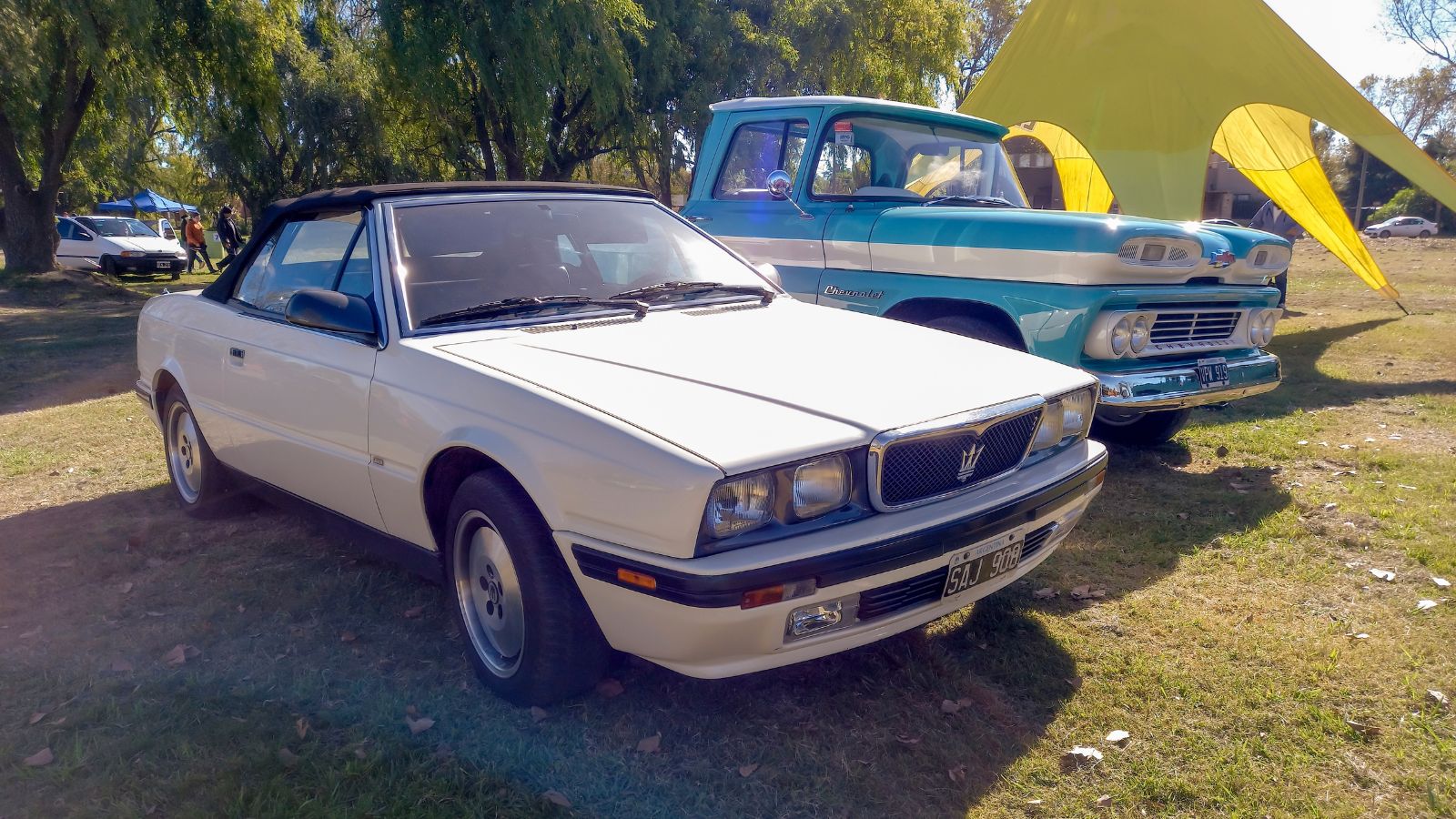
Styled with Italian elegance, the Biturbo lured buyers with its exotic twin-turbo V6. Unfortunately, those turbos were fragile, prone to blowing seals, and mounted in a tight engine bay that roasted components. Add in fragile electrics and an interior that aged poorly, and mechanics were left untangling a mess of hoses and wires. Turbo rebuilds were frequent, and oil leaks seemed factory-installed. Shops often joked that “Biturbo” stood for “twice the problems.”
Triumph Stag (1970–1978)
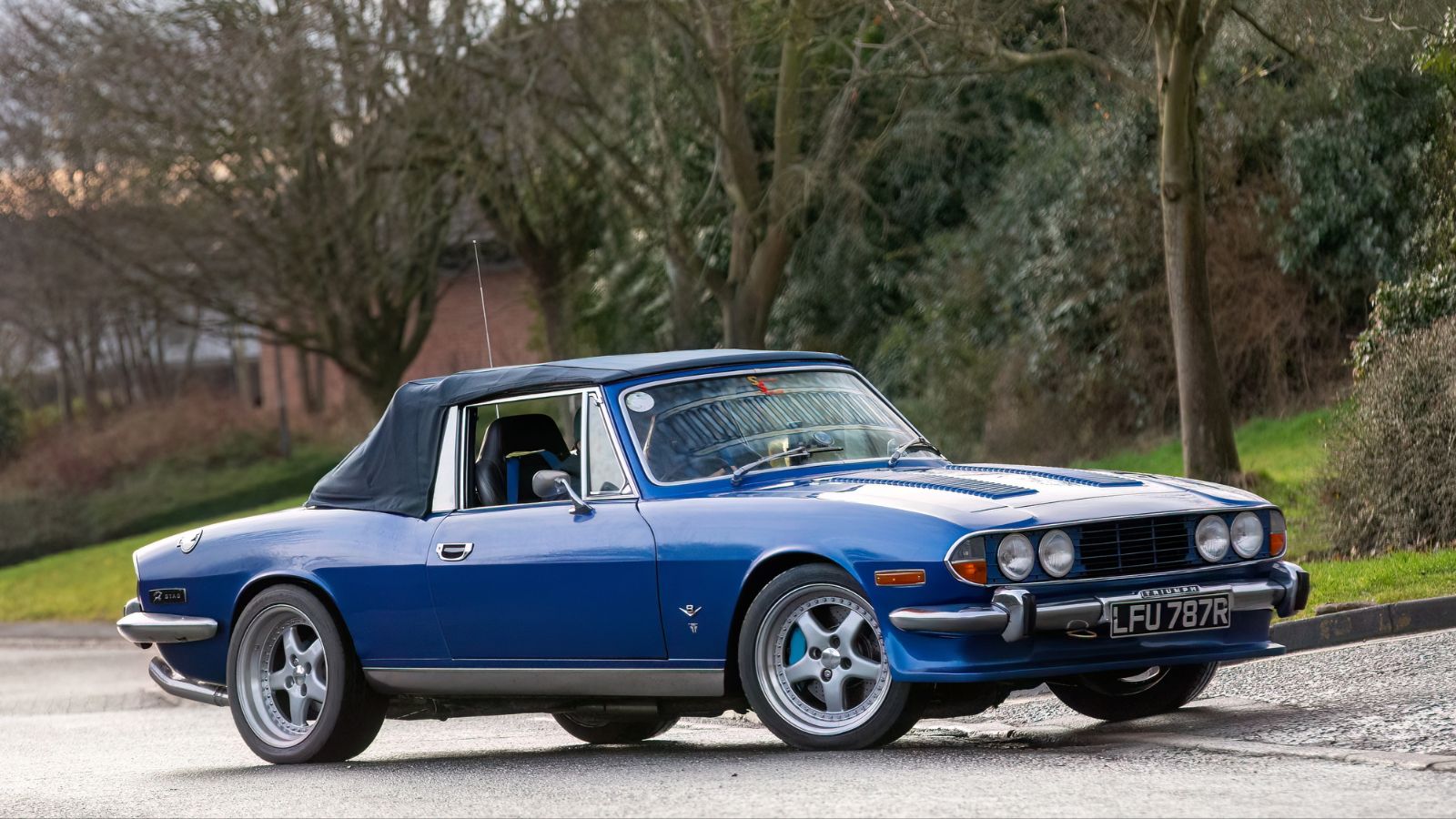
The Triumph Stag looked every bit the glamorous roadster with its T-bar roof and sleek lines. But under the hood lurked one of the most temperamental V8s ever built. Timing chains wore out quickly, head gaskets blew regularly, and overheating was practically a feature. Poor cooling passages and cheap materials ensured frequent rebuilds. Mechanics hated the complexity and often advised owners to swap in Ford or Rover engines. It was a car you bought for style, but the only people who enjoyed it long-term were those who liked turning wrenches every weekend.
Alfa Romeo Montreal (1970–1977)
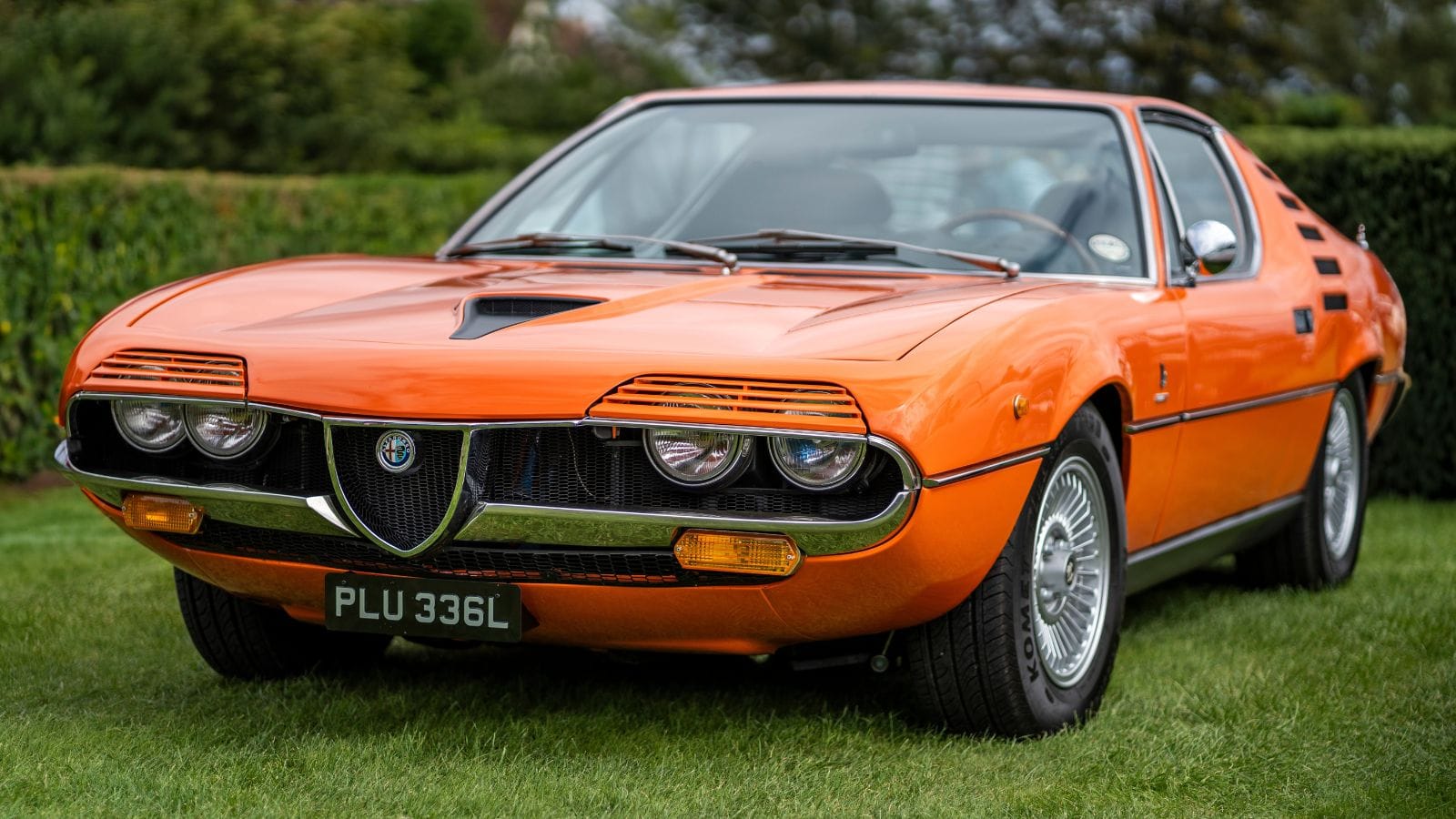
The Montreal turned heads with NACA ducts, hidden headlights, and Italian muscle-car vibes. Beneath it sat a detuned version of Alfa’s racing V8. It sounded glorious, but mechanics cursed its design. Access was nearly impossible thanks to the cramped engine bay, parts were expensive even in the 70s, and Italian wiring gremlins added insult to injury. Mechanics often had to remove half the front end just to service simple components. The Montreal might have looked like a dream, but servicing one was a sweat-soaked nightmare.
Mercedes-Benz 600 (1963–1981)
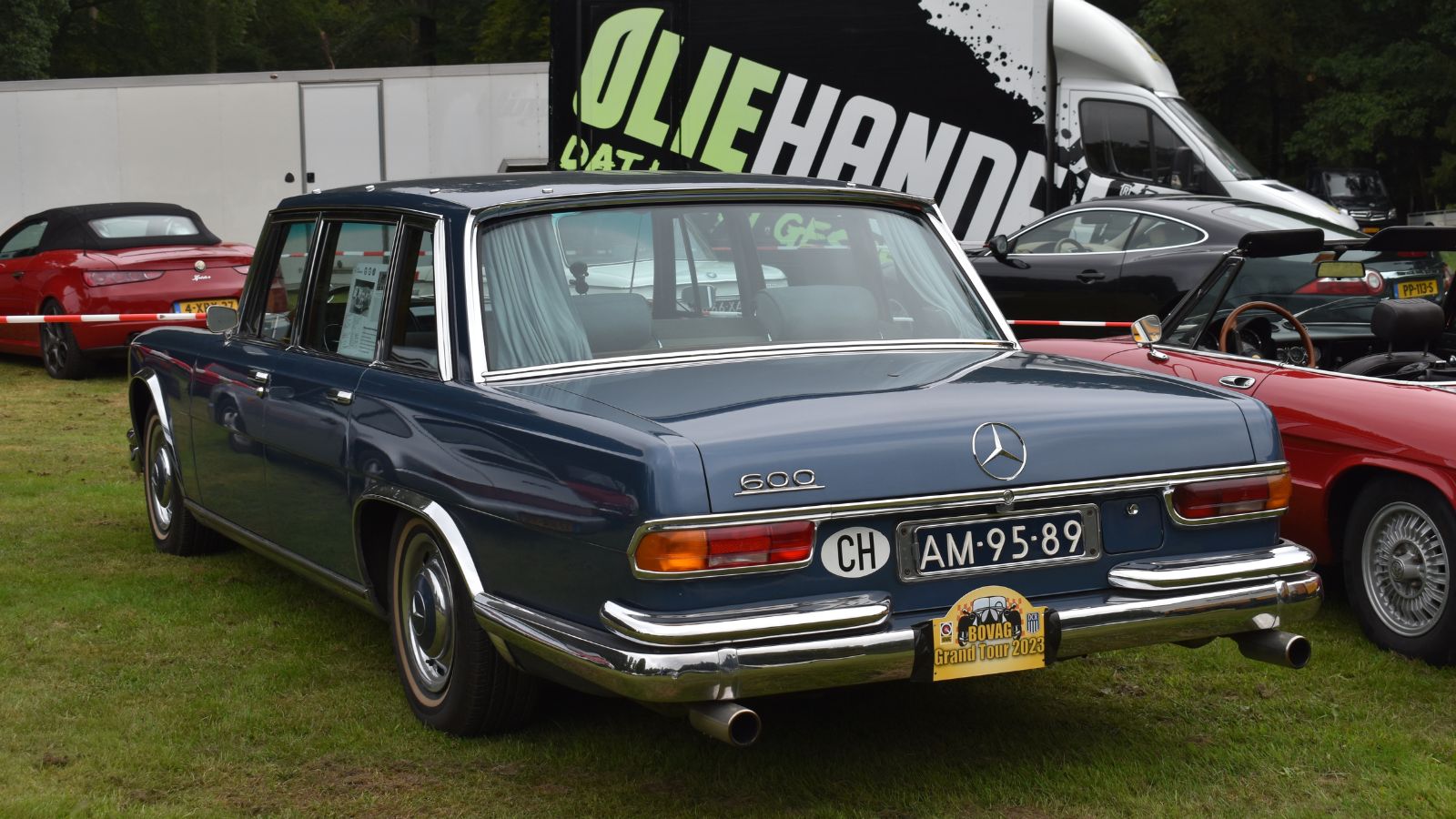
The “Grosser” Mercedes was the chosen ride of dictators, rock stars, and anyone with deep pockets. It had presence, power, and features decades ahead of its time. Unfortunately, much of that wizardry ran on a brutal high-pressure hydraulic system. Windows, seats, trunk lids, even the sunroof—all hydraulically operated at 2,200 psi. When a seal failed, fluid leaked everywhere and repairs became an endless chase for the next weak point. Mechanics joked that it took a priest, not a technician, to exorcise a Grosser’s demons. The engineering was brilliant but maddening to maintain.
Pontiac Fiero (1984–1988)
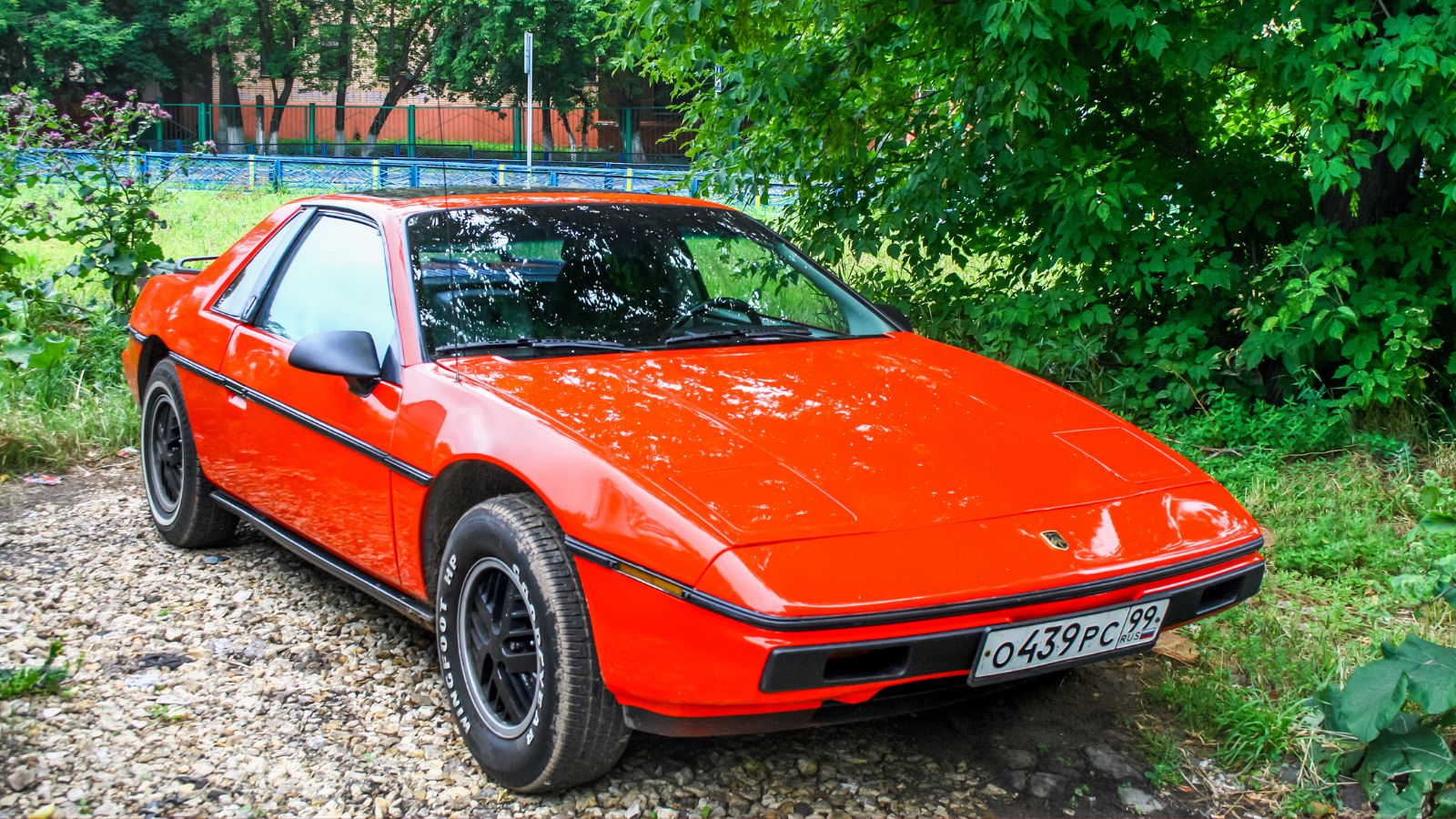
Pontiac gave us a mid-engine sports car at a budget price, and visually it looked like a baby Ferrari. But mechanics knew better. Early Fieros were plagued by cooling issues that often led to engine bay fires, earning them an infamous reputation. Accessing key components in the cramped mid-engine layout was a knuckle-busting affair. Mechanics spent as much time pulling parts out of the way as they did fixing actual problems. Recalls piled up, and while the later V6 models improved, the Fiero’s service record haunted it for life.
Aston Martin Lagonda (1976–1990)
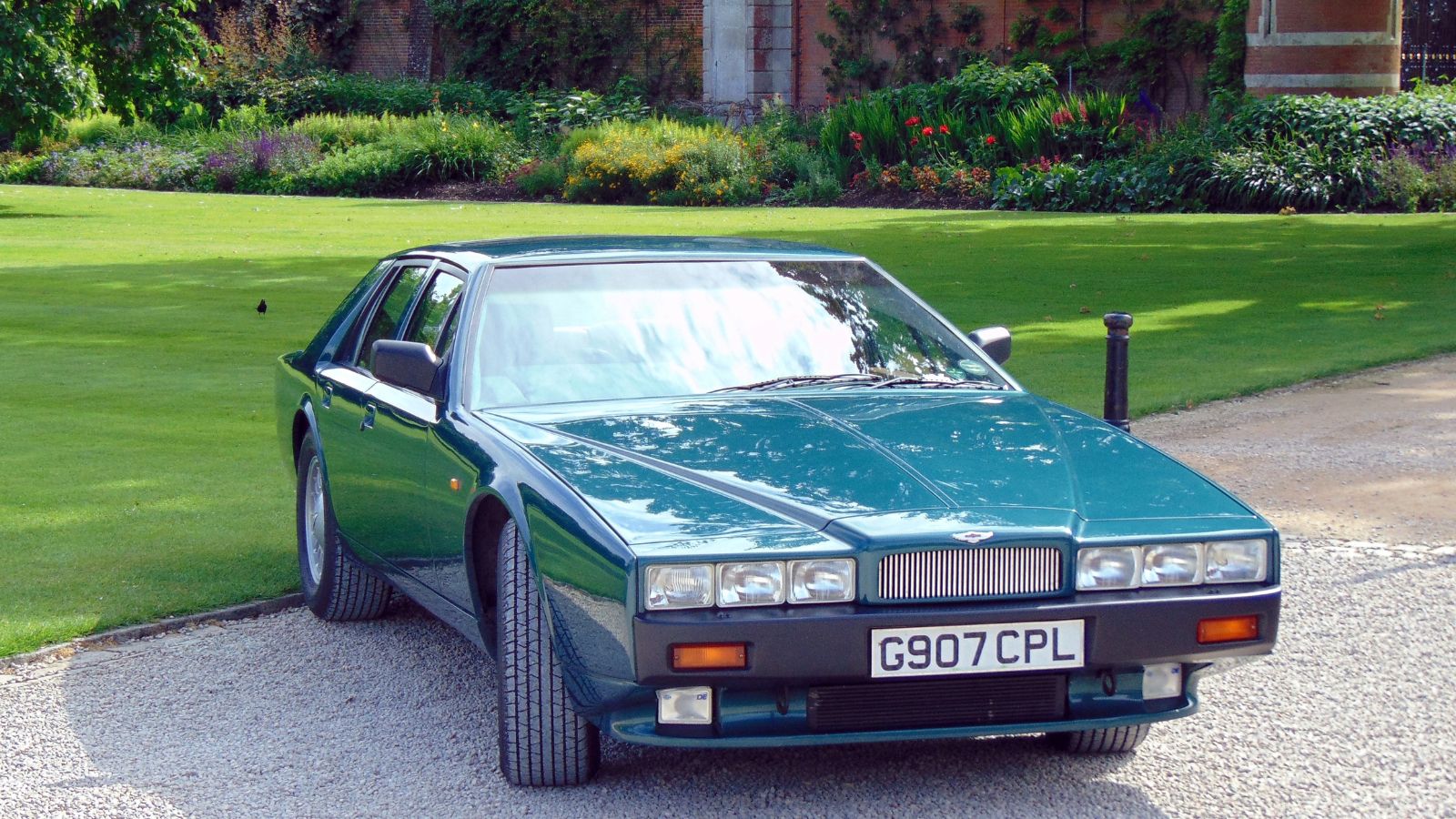
Angular, wedge-shaped, and unapologetically futuristic, the Lagonda looked like a spaceship from the 70s. Inside, it had one of the first digital dashboards and touch-sensitive controls. Problem was, they rarely worked. Mechanics hated dealing with its unreliable electronics, which often required full rewiring or expensive replacement modules. The car’s V8 was solid, but everything around it was a ticking time bomb of electrical frustration. Owners with deep pockets tolerated the quirks, but mechanics saw them as guaranteed headaches.
Cadillac Allanté (1987–1993)
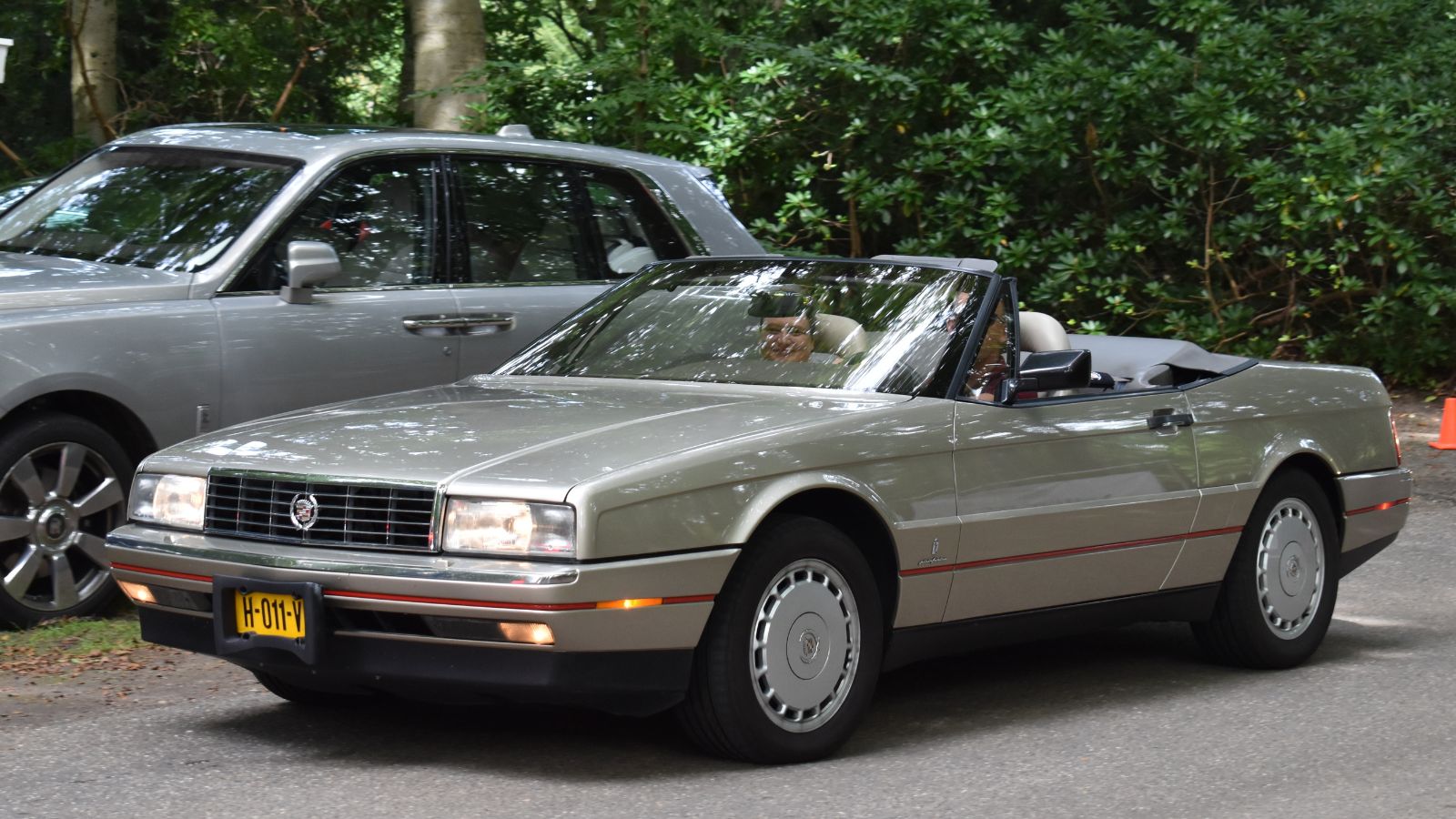
Cadillac wanted to compete with the Europeans, so it sent Pininfarina-built bodies from Italy to Detroit for final assembly. The idea was brilliant, but execution wasn’t. Mechanics found themselves facing electrical gremlins, mismatched parts, and odd service procedures thanks to its transatlantic construction. Early engines were underwhelming, later Northstar models were more powerful—but brought along their own reliability nightmares, like head gasket failures. Shops called it a luxury car that combined two continents’ worth of bad ideas.
DeLorean DMC-12 (1981–1983)
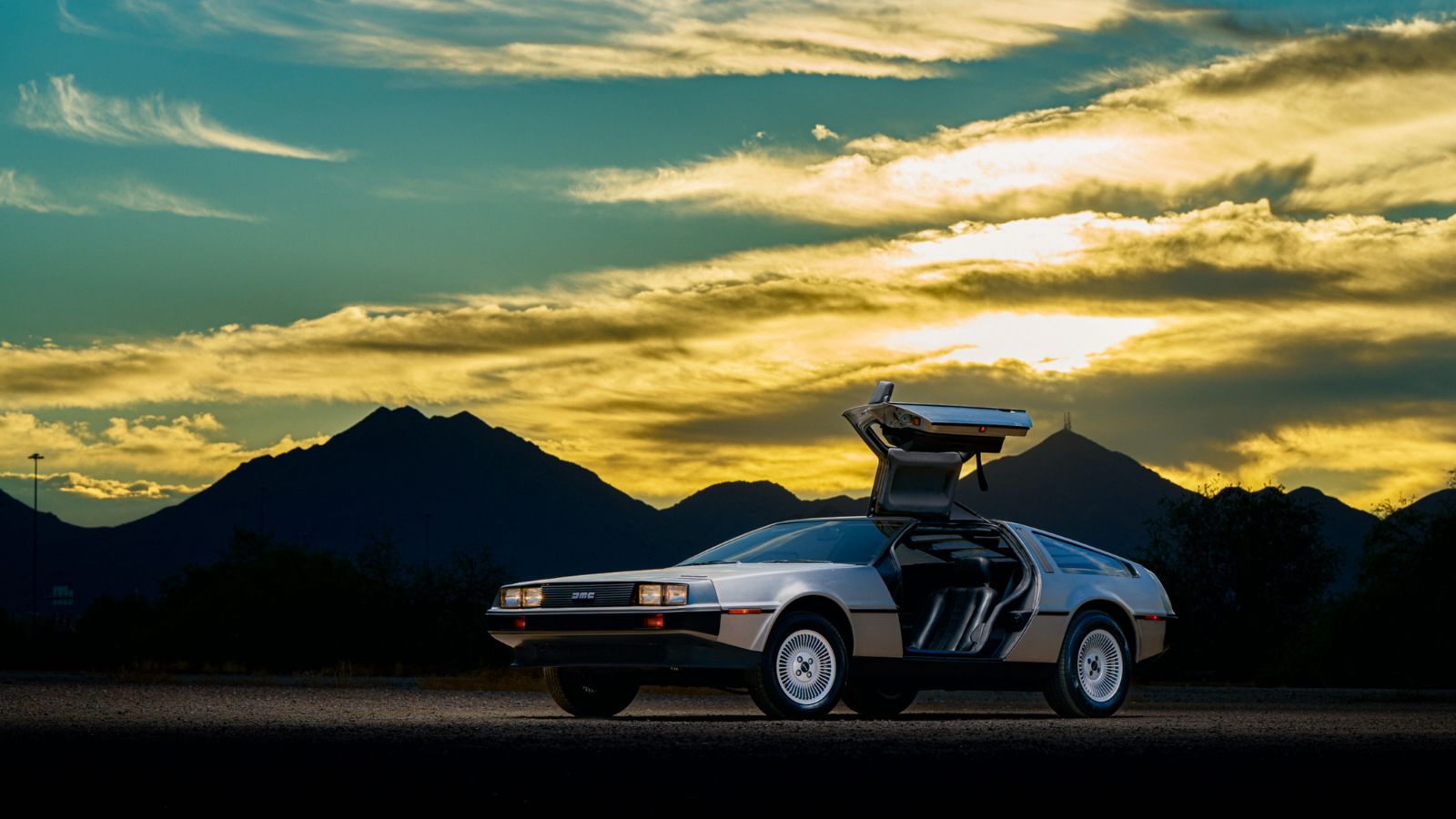
The stainless steel body and gullwing doors made the DeLorean unforgettable, especially after Back to the Future. But mechanics weren’t starstruck. The Renault–Volvo–Peugeot V6 was underpowered, the stainless panels were heavy and difficult to repair, and access to the engine was miserable. The electrical system was flaky, and replacement parts were already hard to source even when the company was alive. Owning one meant constant tinkering. Mechanics often said the DeLorean looked like the future, but broke down like the past.
25 Facts About Car Loans That Most Drivers Don’t Realize

Car loans are one of the most common ways people fund car purchases. Like any other kind of loan, car loans can have certain features that can be regarded as an advantage or a disadvantage to the borrower. Understanding all essential facts about car loans and how they work to ensure that you get the best deal for your financial situation is essential. Here are 25 shocking facts about car loans that most drivers don’t realize:
25 Facts About Car Loans That Most Drivers Don’t Realize
